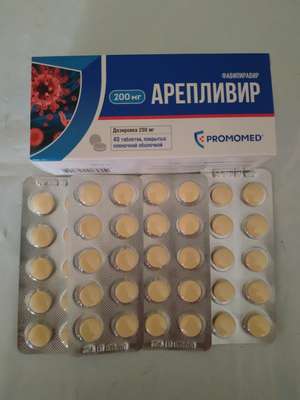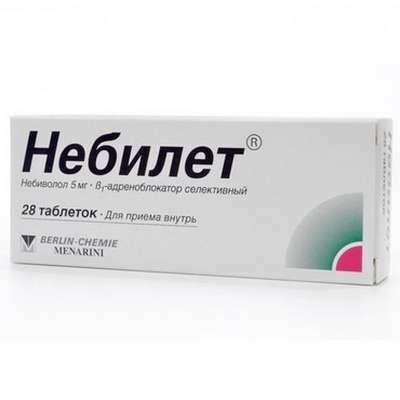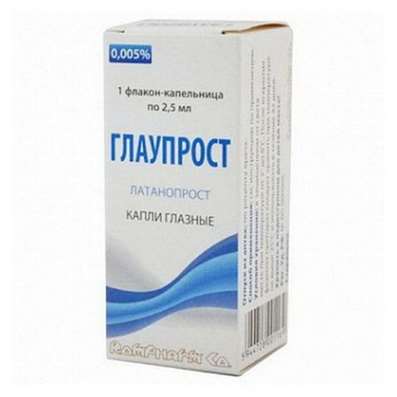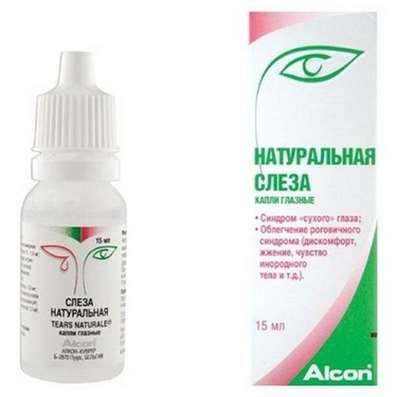Instruction for use: Consupren
I want this, give me price
Dosage form: Capsules; Oral solution
Active substance: Cyclosporinum
ATX
L04AD01 Ciclosporin
Pharmacological group:
Immunodepressants
The nosological classification (ICD-10)
H20.9 Iridocyclitis, unspecified: Iridocyclitis; Diffusive posterior uveitis; Keratouveit; Uveitis of the middle or posterior portion of the eye; Vision-threatening uveitis of the middle or posterior portion of the eye; Keratouwites; Anterior uveitis; Sluggish anterior uveitis; Endogenous uveitis; Inflammation of the ciliary body; Uveitis of the anterior portion of the eyeball; Sympathetic uveitis
L40 Psoriasis: Chronic plaque psoriasis with diffuse; generalized psoriasis; Psoriasis of the scalp; hairy parts of the skin; A generalized form of psoriasis; Psoriazoformny dermatitis; Psoriasis complicated with erythroderma; disabling psoriasis; Isolated psoriatic plaque; Eksfolliativny psoriasis; psoriatic erythroderma; Psoriasis with eczematization; Hyperkeratosis in psoriasis; Inverse psoriasis; Psoriasis ekzemopodobnye; dermatoses psoriazoformny; Psoriasis genitals; Psoriasis lesions with hairy areas of the skin; erythrodermic psoriasis; Chronic psoriasis of the scalp; Chronic psoriasis; ordinary psoriasis; refractory psoriasis; Koebner phenomenon; psoriasis
M06.9 Rheumatoid arthritis, unspecified: Rheumatoid arthritis; Pain syndrome in rheumatic diseases; Pain in rheumatoid arthritis; Inflammation in rheumatoid arthritis; Degenerative forms of rheumatoid arthritis; Children's rheumatoid arthritis; Exacerbation of rheumatoid arthritis; Acute articular rheumatism; Rheumatic arthritis; Rheumatic polyarthritis; Rheumatoid arthritis; Rheumatic polyarthritis; Rheumatoid arthritis; Rheumatoid arthritis; Rheumatoid arthritis of active course; Rheumatoid periarthritis; Rheumatoid polyarthritis; Acute rheumatoid arthritis; Acute rheumatism
M32 Systemic lupus erythematosus: Lupus erythematosus red disseminated; Disseminated lupus erythematosus; Chronic lupus erythematosus
M33.2 Polymyositis: Muscle weakness in polymyositis; Polymyositis in children; Polyartralgia in polymyositis
N04 Nephrotic Syndrome: Nephroz; Edema of the kidneys; Nephrotic syndrome; Lipoid nephrosis; Nephrotic syndrome without uremia; Acute nephrotic syndrome; Edematic syndrome of renal genesis; Renal form of diabetes insipidus; Segmental glomerulosclerosis; Segmental glomerulonephritis; Focal glomerulosclerosis; Focal glomerulonephritis; Family Nephrotic Syndromes; Chronic nephrotic proteinuric syndrome; Lipiduria; Jade hereditary; Nephrotic-proteinuric syndrome
T86 Dying and rejection of transplanted organs and tissues: Transplant disease vs. host; The rejection crisis in organ and tissue transplantation; The crisis of immunological incompatibility in organ transplantation; Incompatibility of tissues; Graft rejection; Graft rejection; Rejection reactions during organ transplantation; Rejection reactions during tissue transplantation; Graft versus host response; Rejection of transplant rejection; Graft-versus-host syndrome; Fabric incompatibility
T86.0 Bone marrow transplant rejection: Rejection during bone marrow transplantation
Composition and release form
1 capsule contains cyclosporine 25, 50 or 100 mg; In a blister 10 pcs., In a box of 5 blisters.
1 ml of concentrate for solution for oral administration - 100 mg; In bottles of 50 ml complete with a metering beaker, in a case of polystyrene 1 set.
Pharmachologic effect
Mode of action - Immunosuppressive.
It inhibits the activation of T-lymphocytes and inhibits the synthesis of cytokines, especially interleukin-2.
Pharmacokinetics
Capsules: Absorbed completely in the digestive tract. Cmax in the blood is reached after 1-6 hours. The average bioavailability is 30% (the effect of the "first pass"). It binds to plasma proteins (mainly lipoproteins) by 90%. It is distributed mainly in fatty tissues and pancreas, it is found in erythrocytes, granulocytes, lymphocytes. It is excreted mainly with bile.
Solution: After ingestion, Cmax is reached after 1-4 hours. Bioavailability is 30%. It is distributed, mainly, outside the vascular bed, it penetrates into breast milk. 90% of the drug binds to lipoproteins and plasma proteases. Metabolised in the liver and extrahepatic enzyme systems (oxidation with monooxygenases, conjugation with glucuronic and sulfuric acids). It is excreted from the body mainly with bile.
Indication of the drug Consupren
Prevention and treatment of rejection reaction after organ transplantation and bone marrow transplantation, graft versus host reactions, rheumatoid arthritis, endogenous uveitis, nephrotic syndrome, systemic lupus erythematosus, polymyositis (active forms), psoriasis.
Contraindications
Hypersensitivity to the components of the drug, severe infectious diseases, malignant neoplasms; For cases not related to organ transplantation, - renal, hepatic, uncontrolled arterial hypertension.
Application in pregnancy and breastfeeding
Not recommended.
Side effects
Headache, a feeling of heaviness in the epigastrium, loss of appetite, nausea, vomiting, diarrhea, headache, impaired liver function, kidneys, increased blood pressure, anemia, hyperkalemia, hyperuricemia, swelling of the gums, rash.
Interaction
Strengthens the effect of quinidine, theophylline, sodium valproate (and their derivatives), weakens - primidona. Aminoglycosides, amphotericin B, trimethoprim, co-trimoxazole, ciprofloxacin, some cephalosporins, melphalan, NSAIDs increase nephrotoxicity. Phenytoin, carbamazepine, barbiturates, benzodiazepine derivatives, phenothiazine and butyrophenone, aminoglutethimide, estrogen-progestogen, progesterone, rifampicin, isoniazid, metamizole sodium - lower plasma concentrations, oral contraceptives, fluconazole, imidazole derivatives, glucocorticoids, macrolides, verapamil, nicardipine - Increase.
Dosing and Administration
Inside, the dose is chosen individually. Adults and children over 3 years (capsules) and children from 1 year (oral solution) choose the following dosing regimens. Oral solution, previously measured with a beaker, is added to water, fruit juice (except citrus) or milk in a ratio of 1:20.
Organ transplantation: 10-15 mg / kg / day in 2 divided doses at intervals of 12 hours, no later than 12 hours before and after the operation, for 1-2 weeks, followed by a dose reduction of-2-6 mg / kg / Day (supportive) in 2 doses.
Bone marrow transplantation: 1 day before transplantation - 12,5-15 mg / kg / day in 2 divided doses with an interval of 12 hours and the subsequent transition to maintenance therapy for 3-6 months and a gradual decrease in the dose until the end of treatment for 1 of the year.
Rheumatoid arthritis, systemic lupus erythematosus, polymyositis: 3.5 mg / kg / day in 2 divided doses with an interval of 12 hours (with insufficient effectiveness - up to 5 mg / kg / day) for 12 weeks.
Endogenous uveitis: 5 mg / kg / day in 2 divided doses 12 hours before remission, then 0.5-1 mg / kg / day.
Nephrotic syndrome: 5 mg / kg / day until the effect is achieved, then gradually the dose is reduced to the minimum effective, with a violation of kidney function, the initial dose is 2.5 mg / kg / day for 3 months.
Psoriasis: 2.5-5 mg / kg / day for 6 weeks.
Precautionary measures
With caution appoint elderly patients. It is necessary to monitor kidney and liver function, serum potassium level, blood pressure.
Storage conditions of the drug Consupren
In the dark place at a temperature of 10-25 ° C.
Keep out of the reach of children.
Shelf life of the drug Consupren
2 years.
Do not use after the expiry date printed on the package.

 Cart
Cart





